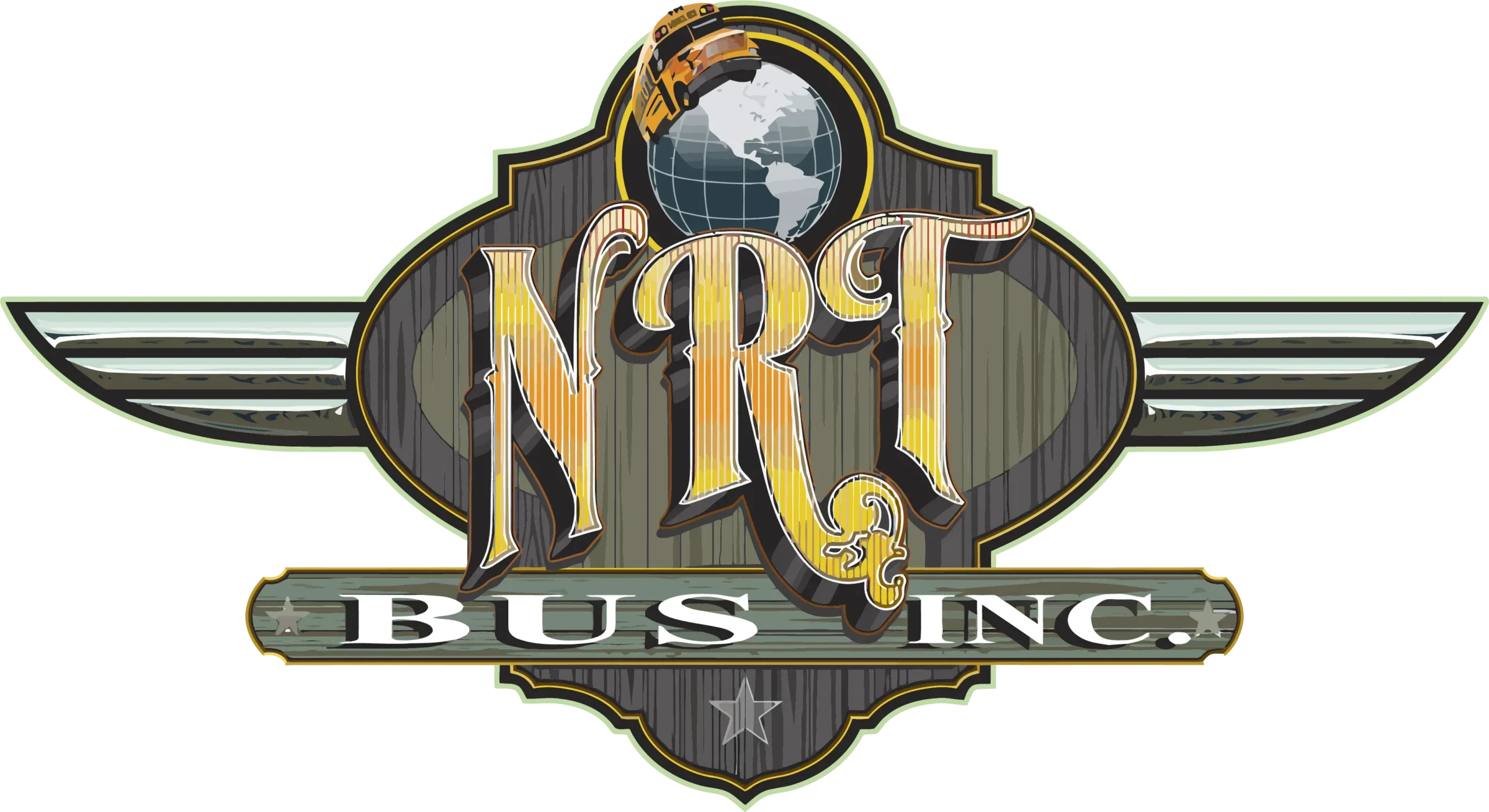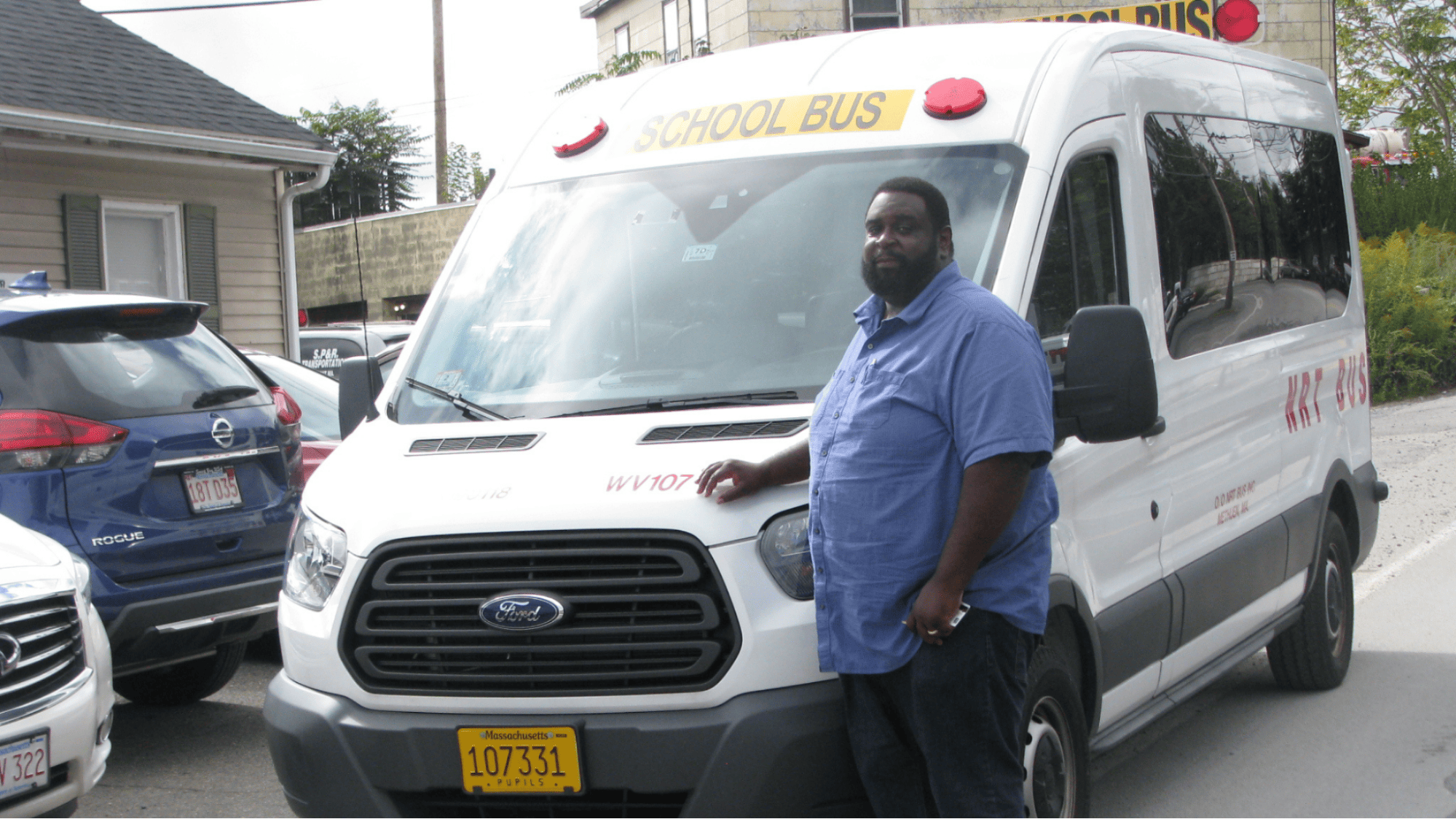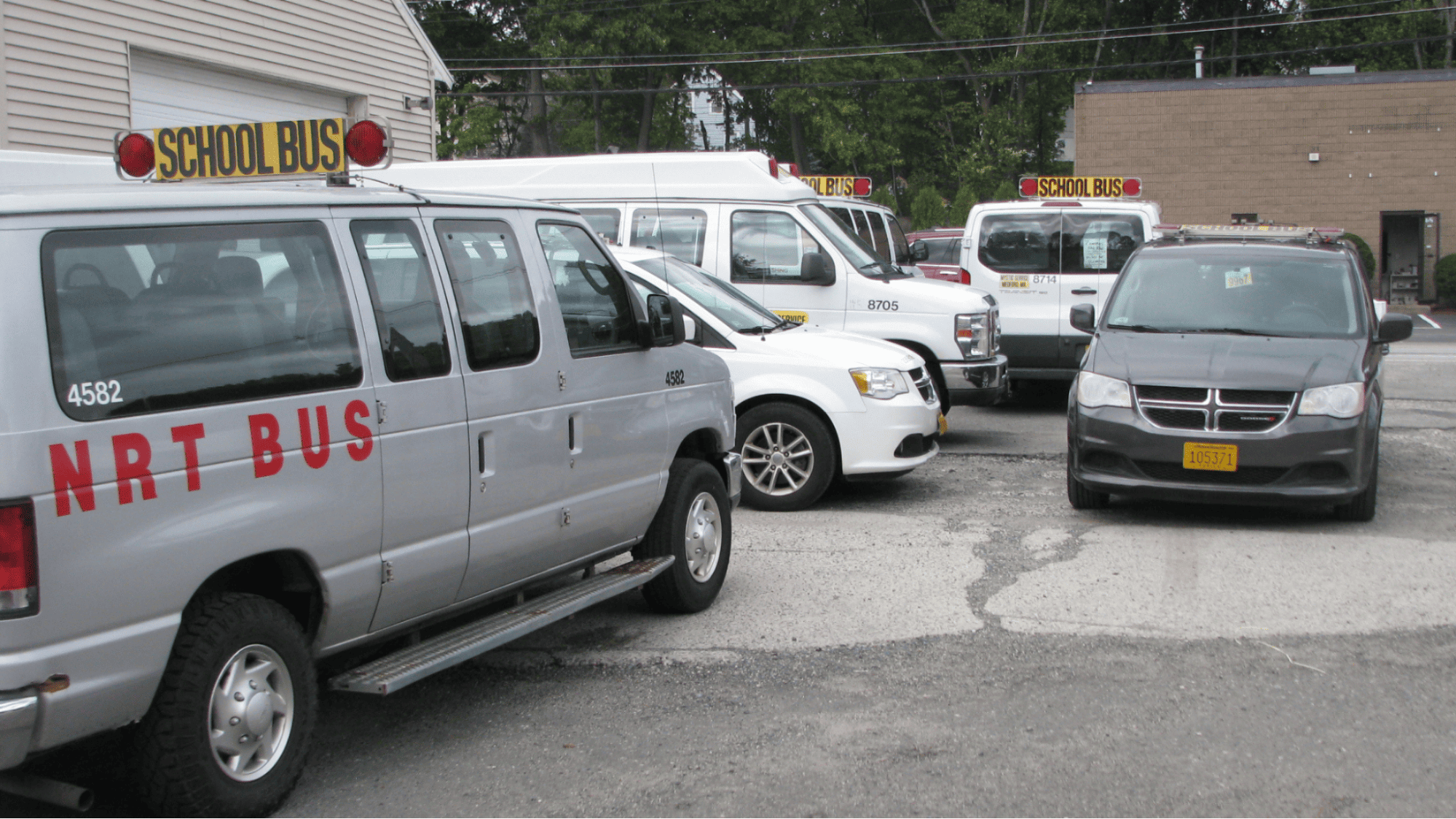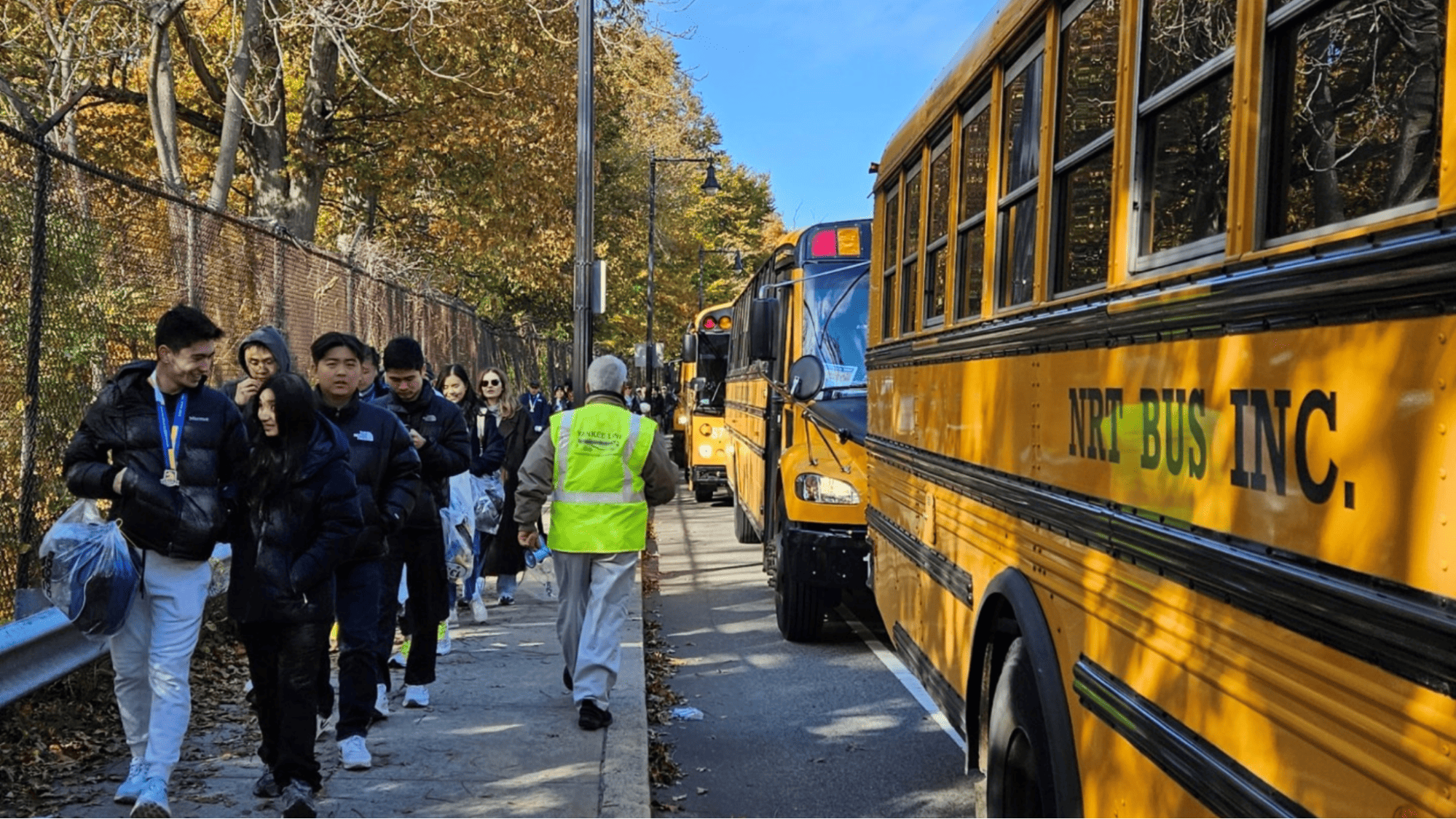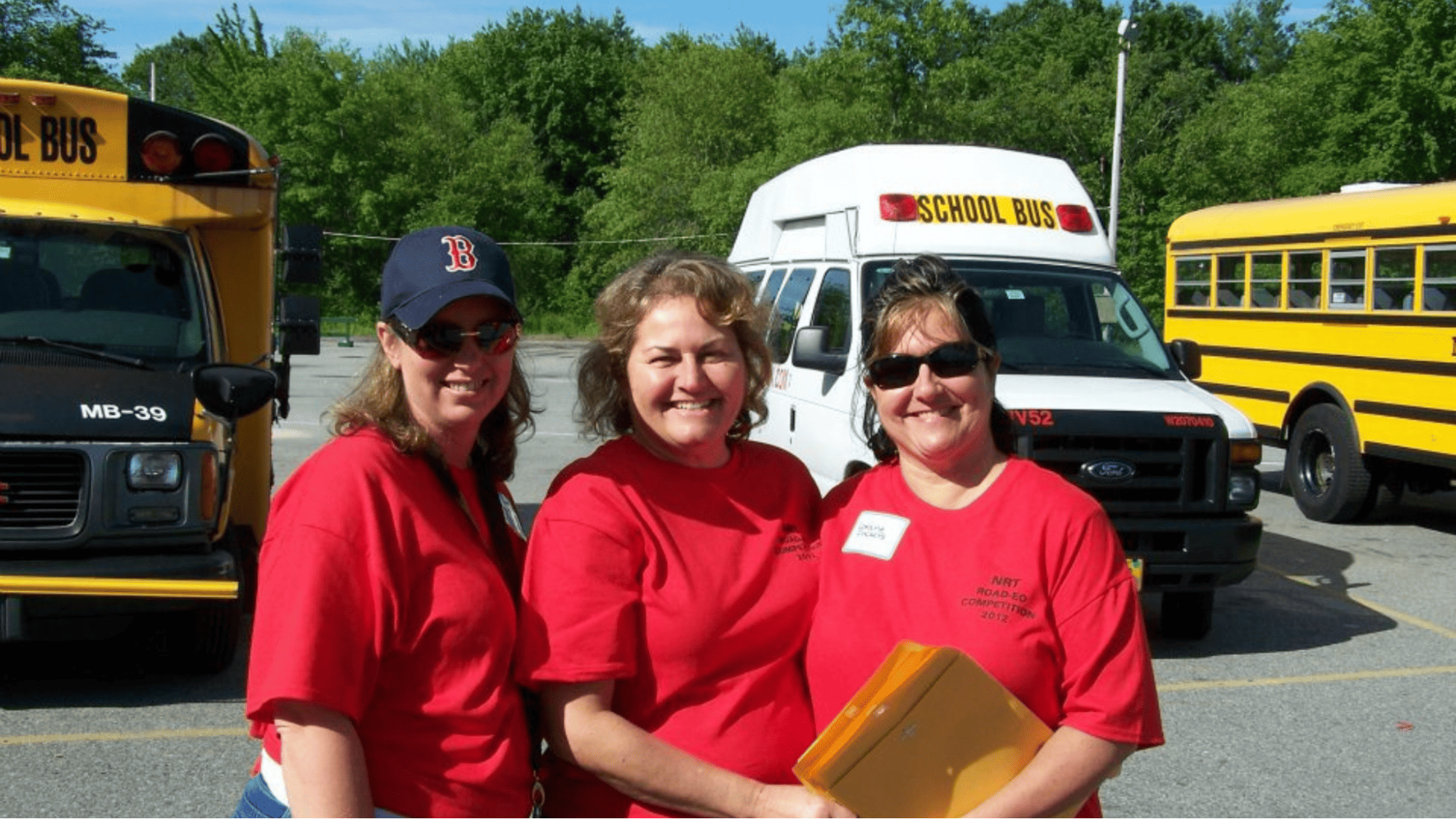If you’re in school transportation, you already know: July isn’t slow. It’s crunch time.
Even if your routes are mapped and drivers are mostly staffed, there’s always that final stretch of readiness—the stuff that keeps transportation directors up at night. One missing form. One uninspected lift. One bus is not quite fueled when the first bell rings.
This guide focuses on those last-mile checks. What should you double-confirm in July to make sure your back-to-school rollout runs smoothly from day one?
Confirm Driver Compliance (Not Just Certification)
By July, most driver hiring and renewal paperwork should be complete—but don’t assume everything’s filed and current. Do a focused audit to ensure:
- CDL and S endorsements are current
- Physicals and DOT exams are up-to-date
- Drug/alcohol testing documentation is filed
- Background/fingerprint checks are finalized and cleared
- Pre-service training hours are logged and signed off
Even one incomplete file can delay a route on Day One.
Validate Route Assignments — With Updated Enrollment
Districts often finalize enrollment numbers and special ed placements in early to mid-July. This is when you should:
- Re-check route capacity against updated rosters
- Ensure IEP-related transportation needs are still being met
- Adjust timing for late adds or school boundary changes
- Confirm summer transfers, outplacements, or parochial/private pickups
Pro tip: Call your district’s student services or special education liaison to confirm any changes that haven’t hit your dashboard yet.
Schedule Final Bus Inspections
If you’re in Massachusetts, you already know: 7D vehicle inspections and annual school bus safety inspections are time-sensitive. July is your last buffer before the state gets backlogged.
Be sure to:
- Schedule any final inspections well before August
- Double-check that lift-equipped vehicles have passed operational tests
- Verify your backup vehicles are also inspection-ready (not just your daily fleet)
Tighten Communication Plans With Families
You don’t need to launch your parent communications in July, but you do need to make sure the plan is locked. Confirm:
- Who is sending route info and when
- What format will be used (mail, online portal, robocall)
- Who handles day-one bus issues from parents (and how it gets escalated)
- If there’s a language-access plan for multilingual families
Coordinate With Schools on Access + Staffing
Not every building will be ready for you in August. Some schools limit summer access, others are mid-construction, and many don’t assign arrival supervisors until the last minute.
Now’s the time to:
- Confirm early-arrival access for route dry runs or GPS testing
- Ask who will be on-site to receive students during staggered start days
- Finalize crossing guard coverage for the first week (if your district provides it)
Test Technology Under Real Conditions
Routing software, GPS tracking, and parent-facing apps all rely on synchronized data. If your tech stack isn’t aligned, expect frustration on Day One.
Make sure to:
- Test GPS feeds for every route (not just one or two)
- Confirm student info is syncing with ridership or barcode tools
- Check that parent apps show accurate ETAs and stop assignments
- Ensure dispatchers know how to use any new tech upgrades
- Run a mock “first-day” rollout to catch gaps before they go public
July Leadership Tip: Prep Your People, Not Just Your Vehicles
Fleet readiness matters—but so does your frontline team. In July, take time to:
- Meet with dispatchers to walk through first-week contingencies
- Identify who’s handling sick call coverage, route changes, and parent complaints
- Run “what if” drills for missed stops, late arrivals, or student safety escalations
- Touch base with school leadership so everyone is aligned on roles during Week 1
This kind of proactive team coordination can prevent small issues from becoming big problems.
Quick Checklist: What to Confirm in July
Here’s a snapshot to help you stay on track:
- Driver credentials, physicals, and background checks are current
- Routes reflect latest student data, including special needs
- All vehicles (including backups) are inspected and ready
- Communication plan for families is finalized
- Arrival procedures and building access are confirmed
- GPS and routing tech have been tested
- Dispatch and leadership teams are aligned and briefed
Final Thought: July Is Your Last Quiet Month
In school transportation, “ready” isn’t about perfection—it’s about preparedness. July gives you one final month to tune the machine, tighten the handoffs, and make sure your team can handle the controlled chaos of that first week back.
